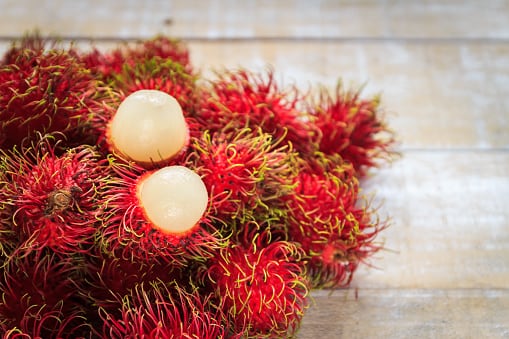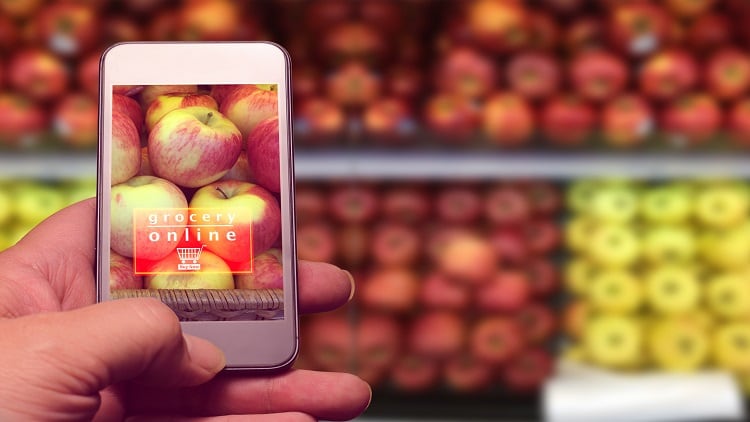Speaking at the ASEAN Food and Beverage Conference in Jakarta on Day Two of the Fi Asia 2018 expo, Dr Panida Banjongsinsiri, Expert Centre of Innovative Health Food (Innofood), TISTR used the rambutan fruit as a case study to emphasise this point.
“At present, 91.6% of rambutan is used for domestic consumption. A very small percentage is exported, either as fresh fruit (4%) or in processed form (3.7%),” said Dr Banjongsinsiri.
“One of the main reasons for this is the short shelf-life of rambutan. We conducted a study on this, and found that at room temperature in Thailand, the skin starts to blacken even though the fruit flesh inside is still edible.
“Taste and appearance are becoming increasingly important to consumers, so exporting the fruit becomes difficult.”
To alleviate this issue, some of the more common methods used to preserve the fruit for export include canning, freezing, and using it in products like honey, jelly or chips.
“The rambutan actually has much more potential. Apart from using the fruit flesh, the seed and peel can also be utilised,” she added.
“In our lab, we have extracted and dried rambutan peel, converting it to dietary fibre that can be used in products like sausages and waffles.
“We have also used the rambutan seed to make flour that can be used as a thickening agent via the methods of drying and fat extraction via isopropanol.”
“Fats and oils were also extracted from the rambutan seed via supercritical carbon dioxide extraction, which can be used in margarines and lipsticks,” she added.
Dr Banjongsinsiri also highlighted a successful case study on dried rambutan, where the Nasan School rambutan variety managed to recover from a price dump crisis with TISTR’s help.
“The main issues faced by fresh product are a darkened brown colouration of the skin, bitter aftertaste and short shelf-life,” she said.
“These issues were alleviated [by the case study subjects] by switching from fresh to dried products. Drying the rambutan maintains the attractive colouration of the fruit flesh and extends shelf-life.”
“[The company] went from a price dump crisis to launching a whole new, very successful product, of which 80% supply is exported, particularly to Australia and China.”
She also emphasised that R&D helps to create value in agro products by generating business worth, and helping the producers to achieve competitive advantage in the market.
“R&D provides opportunities for new business, helps with zero waste management, can develop locally unique products and even target energy efficiency in businesses. It is very important to create new value out of existing commodities.”
More on TISTR
“One of the TISTR missions is to conduct R&D in science, technology and innovation for value adding of products and services, in order to enhance national competitiveness,” said Dr Banjongsinsiri.
“For InnoFood in particular, we aim to create health food products and support Thai entrepreneurs with the benefit of science, so they can use it for commercialisation.
InnoFood also helps Thai entrepreneurs by providing infrastructural services, for example, pilot plants for beverage production and dehydrated/preserved fruit production.





